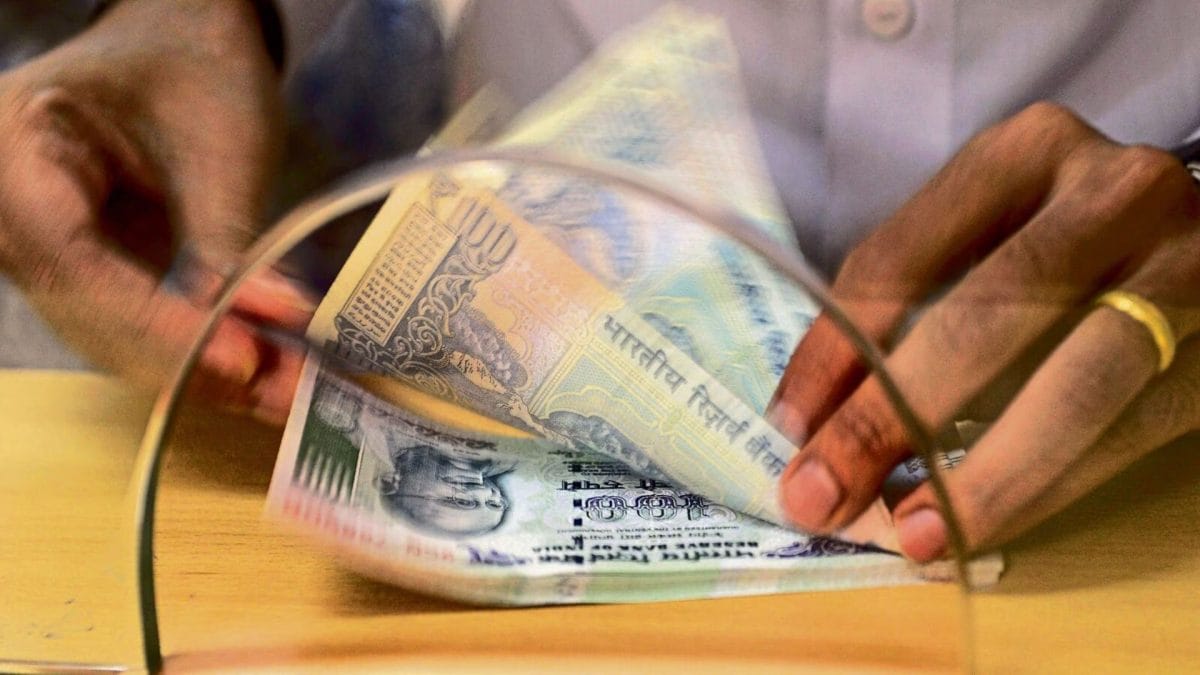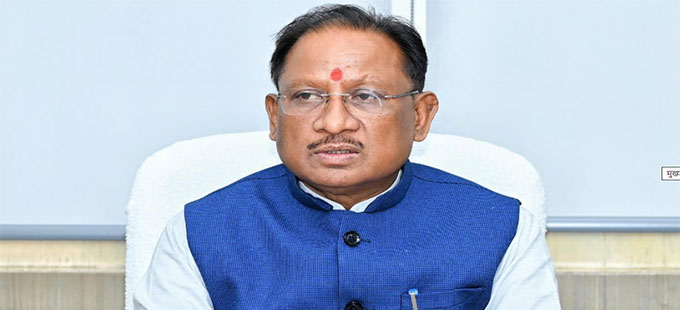5 factors pulling the Indian rupee down to record low: Trump, trade & more
The Indian rupee has come under immense pressure and touch a historic low of 85.81 against the US dollar on Friday. Find out five big factors that are weighing on the INR

Another day, another fall. The Indian rupee tumbled to a fresh life-time low of 85.81 against the US dollar on Friday. The INR decline today was the steepest in a single-day in the past six months, sinking 53 paise.
At the interbank foreign exchange, the rupee on Friday opened weak at 85.31 and within minutes, during mid session, it plunged to the lowest-ever level of 85.81, recording its steepest single-day fall since March 22 this year when the unit settled 48 paise lower.
The earlier sharpest single-day fall of 68 paise was recorded on February 2, 2023.
Reasons for rupee falling to a record low
1 - Trump wins, rupee loses
Over the last few months the Indian rupee has been witnessing a lot of volatility, however, it saw a massive drop against the dollar ever since Donald Trump won the 2024 US presidential election, falling from 84.11 to a dollar on November 5 to 85.81 on December 27.
Since Trump’s victory there has been a rally in the dollar which is weighing on the rupee.
The 10-year US Treasury yield rose to the highest since late May on Tuesday. The dollar index is hovering near year-to-date highs on expectations that Trump’s policies will lift growth and inflation.
The prospects of higher inflation prompted Federal Reserve officials, earlier this month, to project fewer rate cuts next year.
2 - Rising demand for dollar
There has also been an increasing demand for dollars from Indian importers, especially those in the oil sector, as they prepare to meet higher import bills.
This increase in demand for dollars is further putting pressure on the rupee.
3 - India’s changing balance of payments (BoP) picture
India’s trade deficit has widened by 18.4 per cent year-on-year from April to November, according to the calculations by IDFC First Bank.
Meanwhile, outflows from equity and debt are tracking $10.3 billion this quarter, reversing from inflows of $20 billion in the previous quarter, the data by NSDL stated.






















